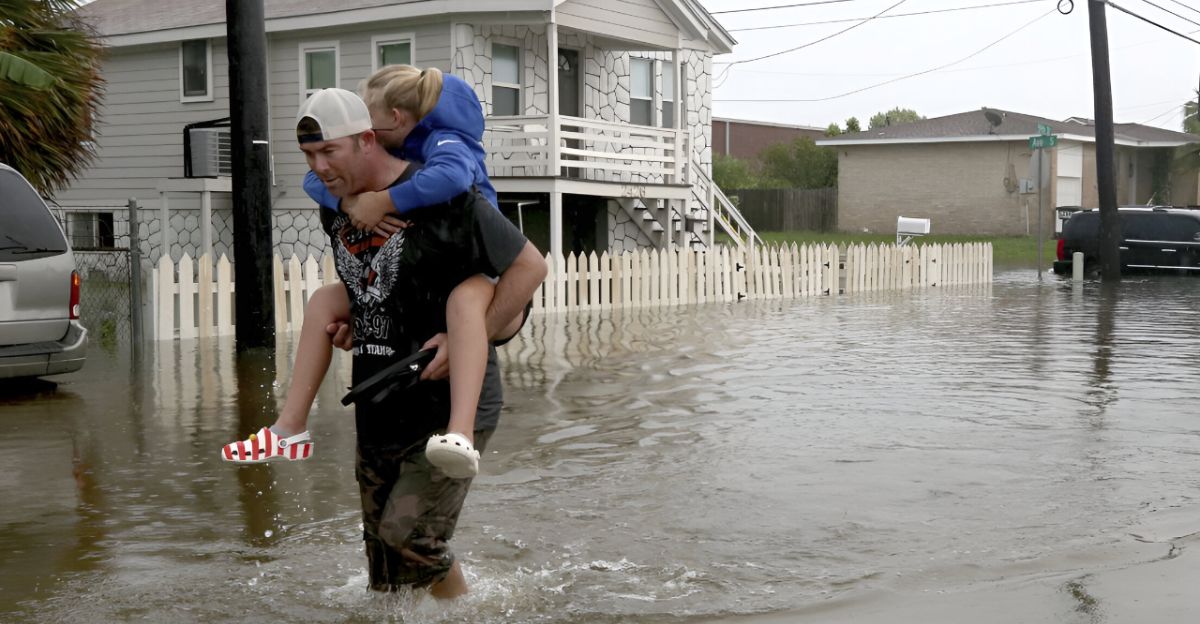
Salt Lake City recorded 4.16 inches of rain by Oct. 14, 2025 – breaking the 44-year October record of 3.91 inches. This unprecedented downpour, fueled by remnants of Hurricane Priscilla, inundated Utah’s desert terrain.
The storms triggered flash-flood warnings in canyons and local emergency orders, underscoring a stark climate paradox: the nation’s driest regions grappling with sudden deluge.
Atmospheric Convergence Unleashes the Deluge
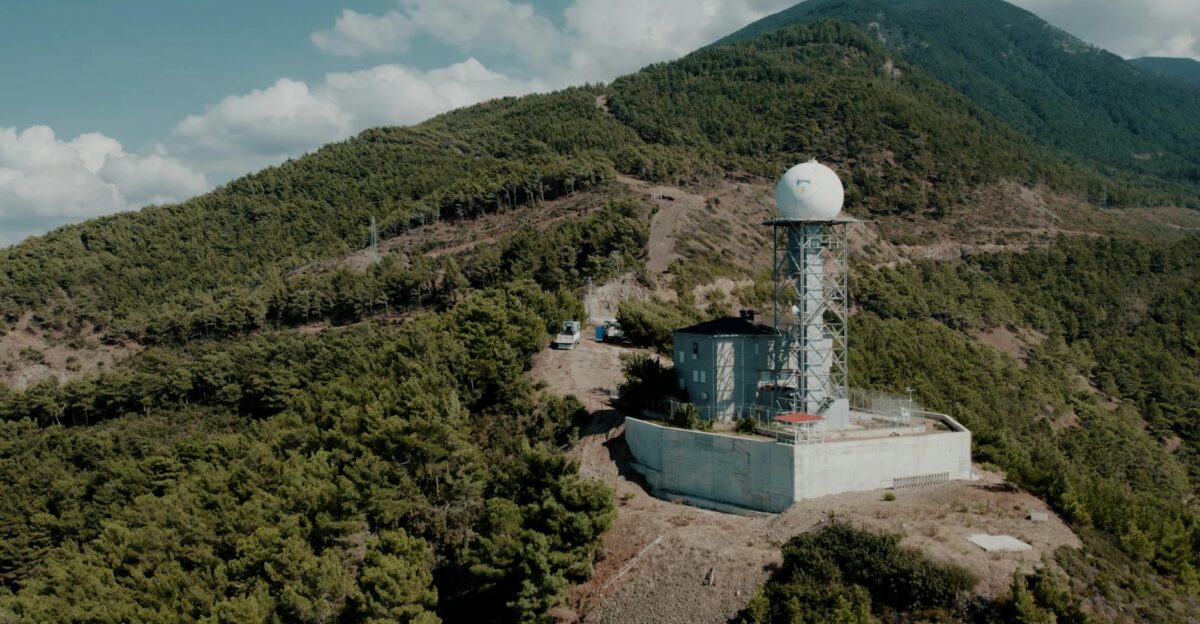
Meteorologists say a rare convergence caused the extreme rain. Moisture from Tropical Storm Priscilla merged with a Pacific atmospheric river and cold fronts, producing what NWS calls “the wettest October since records began in 1874”.
Active weather patterns “stoked by tropical moisture” drove the record precipitation. In Salt Lake City alone, one day (Oct. 4) saw 2.74″ fall – far above normal – foreshadowing the month’s onslaught.
Rose Park Floods; $9B in Homes at Risk
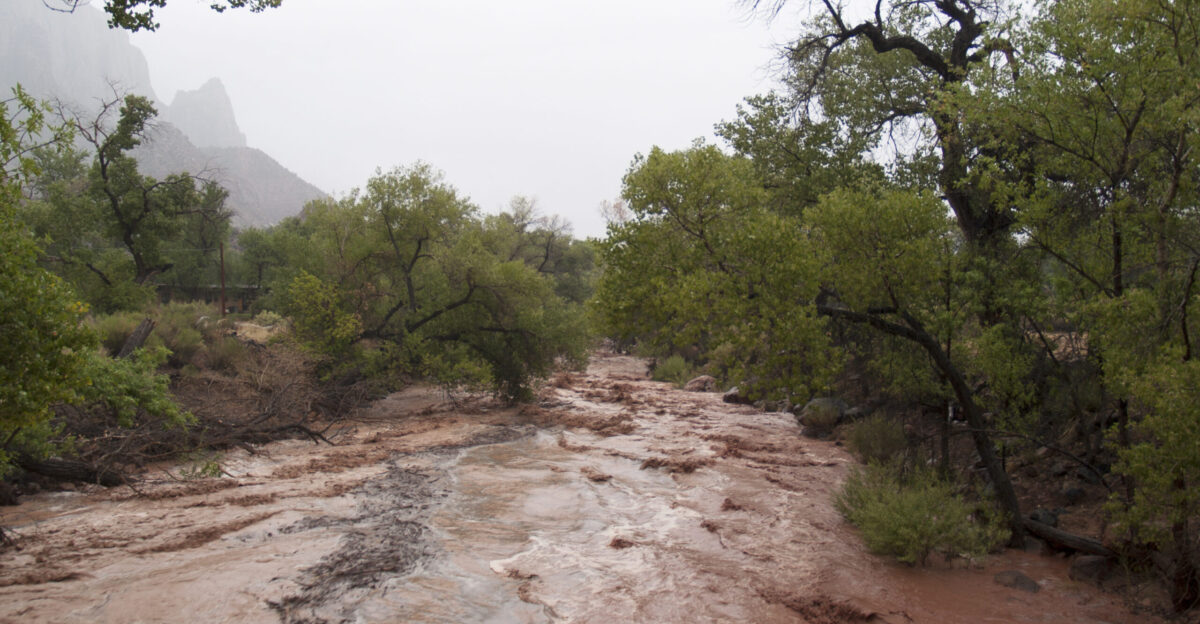
Historic rains overwhelmed drainage canals in Salt Lake’s Rose Park, flooding dozens of houses in early October. Resident Hanh Ly returned from vacation to find water “all the way to our knees and all our childhood memories – everything’s gone”.
A recent analysis finds nearly 5% of Salt Lake Valley homes (about $9 billion worth) lie in severe flood zones.
Government Scrambles Response

City and state officials swiftly declared emergencies. Mayor Erin Mendenhall issued a 30-day local disaster declaration on Oct. 6 to unlock aid. (This followed Gov. Spencer Cox’s April 2025 drought emergency – a dramatic shift for a state in crisis.)
Across Utah, crews raced to sandbag vulnerable areas. From Grand County to Washington County, 24/7 fill sites were set up (Moab opened four full-time locations). Even small towns like Price rallied volunteers to fill thousands of sandbags ahead of forecast rains.
Infrastructure Buckles Under the Rain
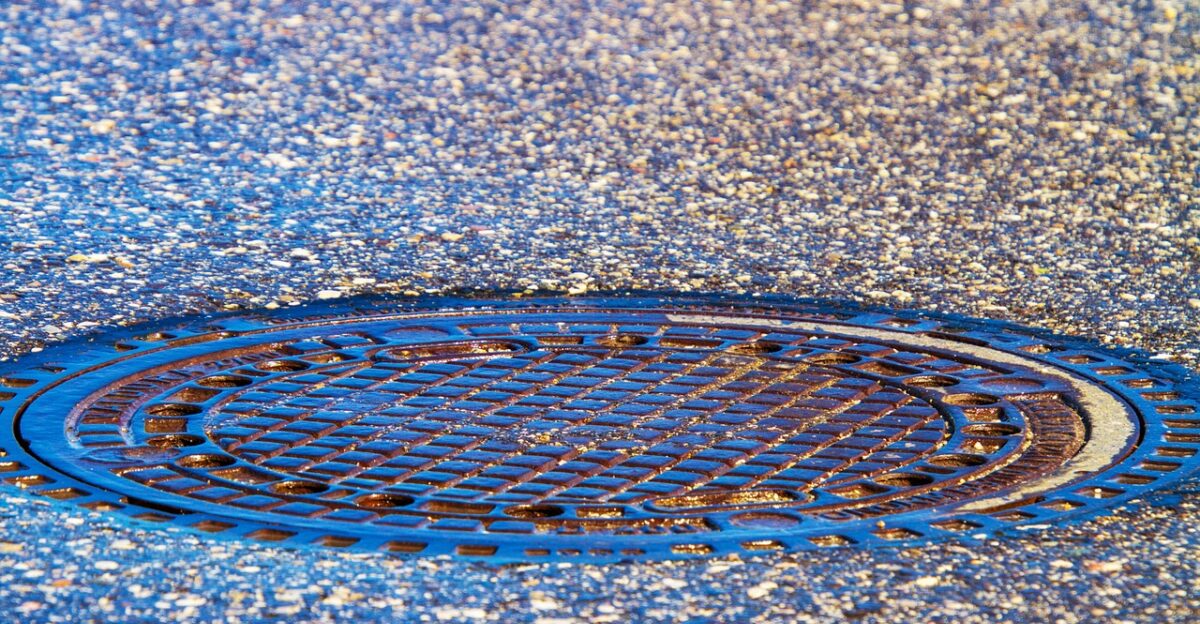
Salt Lake’s storm infrastructure simply couldn’t cope. Four of the county’s five large pumps ran nonstop, yet flood-control officials warned, “we have too much water…[the pumps] can work as fast as they can moving that water…but it still makes it very difficult for local storm drains to drain”.
The system was built for about 1.26″ of October rain – Utah got triple that in days.
Stricter Water Rules Debated
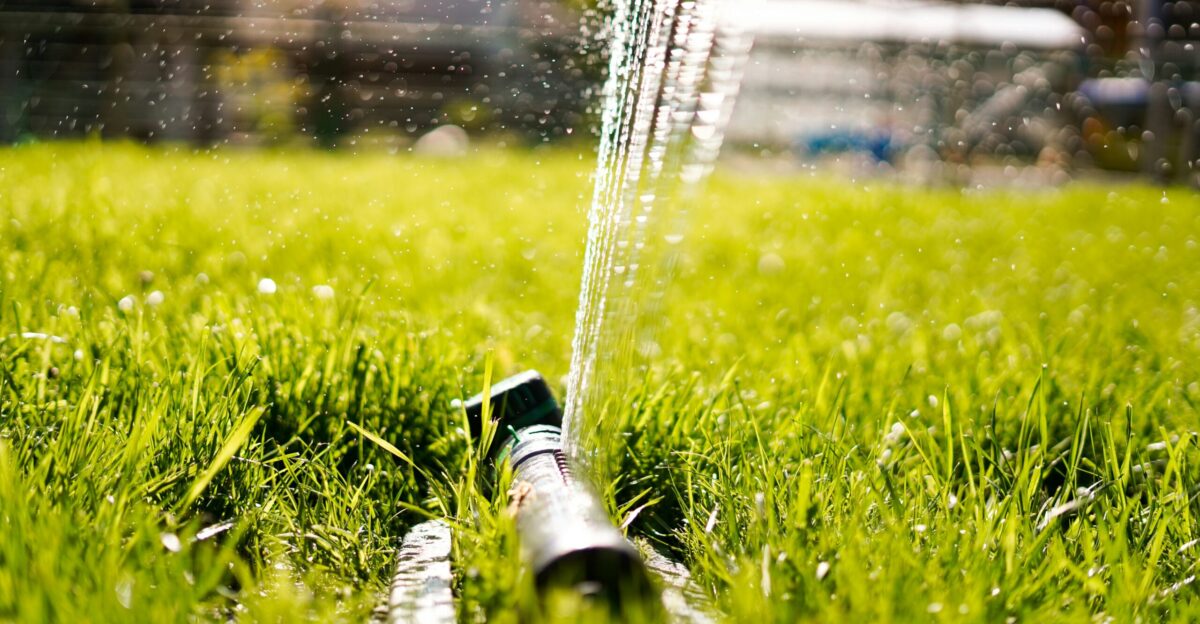
This flood-drought shock reignited water policy talks. Only ~35% of Utah cities have outdoor watering restrictions despite the Great Salt Lake’s historic lows. Utah Water Ways director Tage Flint argues for new limits: “so much of our water is still used outdoors…It’s where we can actually make a difference,” he said.
In response, the legislature recently passed HB274, enabling tiered pricing to reward conservation.
Construction, Insurance, and Recovery

The downpour’s costs will ripple through Utah’s economy. Builders say winter-like rains can “halt concrete pours and exterior work,” delaying projects statewide. In insurance, Utah’s average flood premium ($644/year) is below the national $899 average, but rates will likely rise as insurers recalculate risk.
Colorado’s Governor Polis already reports over $1 million in initial flood damage for Southwest Colorado from the same storm.
Hidden Hazards
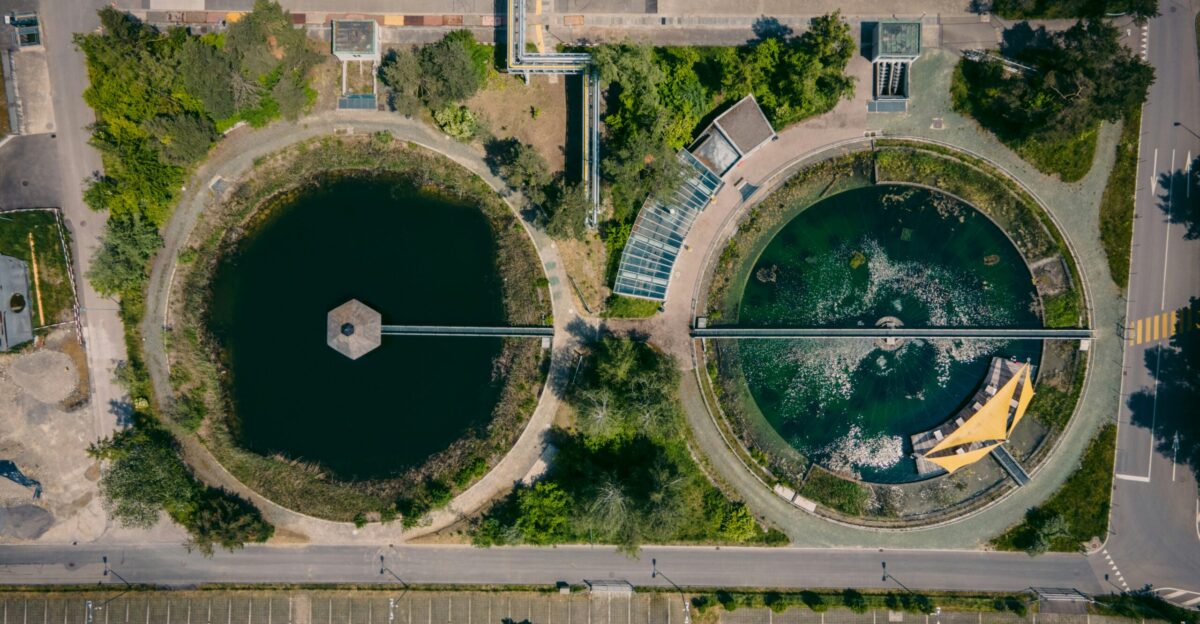
After the floodwater recedes, new dangers emerge. Utah’s flood-control agency warns of sewage contamination and mold risks. Homes sitting in water for more than 48 hours can grow toxic black mold, endangering indoor air quality. Public health officials urge caution: “Don’t touch standing water…do not wade in or drink floodwater,” they advise.
Victims like Hanh Ly face emotional trauma: “We lost everything. I don’t know what we’re going to do now,” she said.
Utah’s New Normal
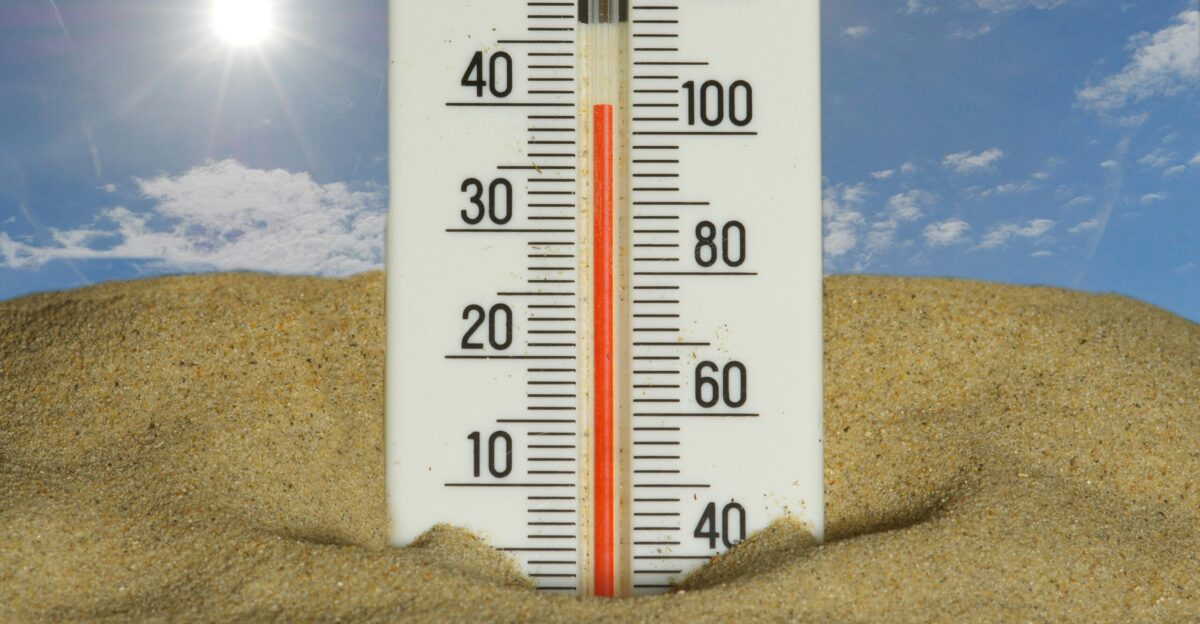
Climatologists note the Oct. rains fit a worrying pattern: warming brings both drier soils and heavier downpours. Researchers at the Utah Natural History Museum confirm that “rising temperatures are causing both drought and more intense rainstorms” here.
By mid-century, scientist Rong Fu warns, “around half of droughts may not have a precipitation deficit at all” – meaning extreme heat alone drives water scarcity.
Surprising Upsides
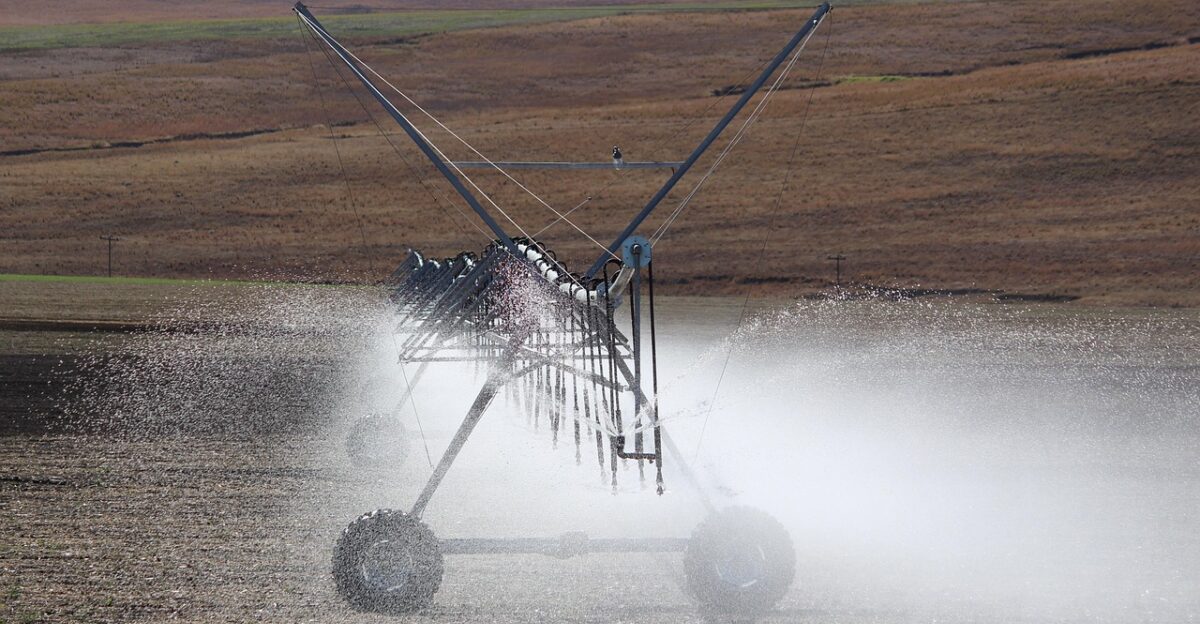
Not all impacts were negative. A few industries have seen a boom. Infrastructure firms booked emergency repairs; mold remediation and water-damage companies saw demand spike. Utah’s water-tech sector also benefited: smart irrigation, soil moisture sensors, and water-meter firms report new contracts as cities upgrade systems.
Environmentally, the storm gave a minor reprieve: Utah’s mountain soil moisture jumped ~11 percentage points above normal, which should enhance spring snowmelt.
More Rain on the Way
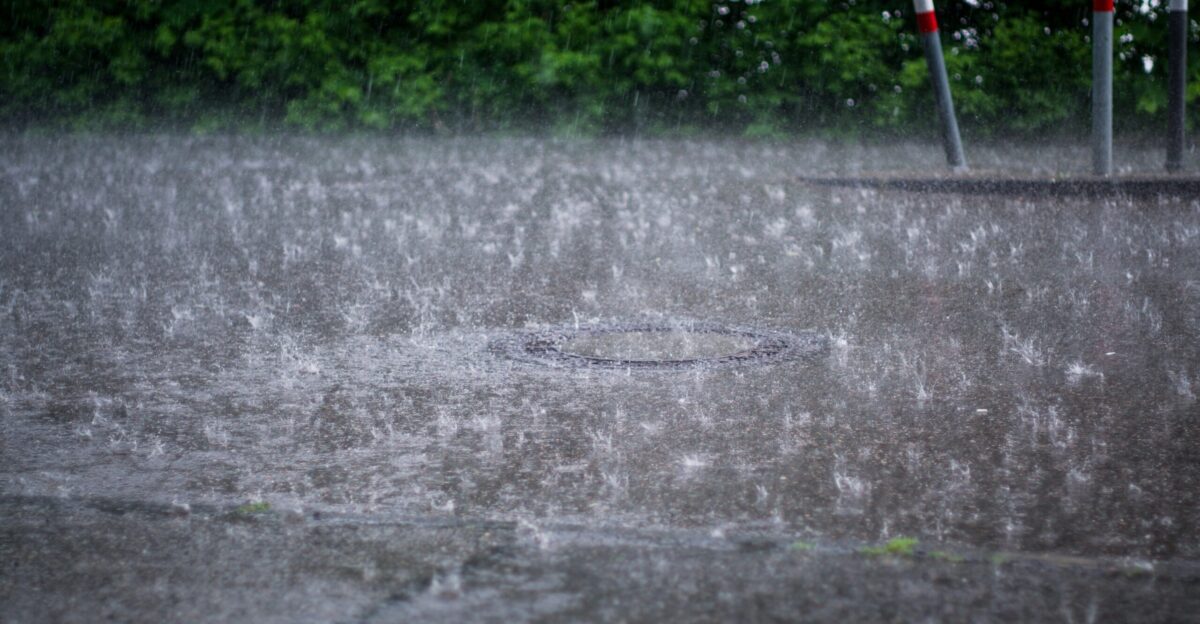
Despite the wet spell, forecasters expect more rain. The National Weather Service reports that weather patterns favor above-normal precipitation through the end of October. If those predictions hold, Salt Lake City could see totals exceed 5 inches for October – turning this month into one of its all-time wettest.
Every extra downpour will further blur the lines between drought and flood in Utah’s new climate reality.
Planning for Extremes

State leaders now recognize the need to prepare for both ends of the spectrum. Governor Cox has urged Utahns to be “extremely mindful of their water use” and conserve aggressively.
At the same time, engineers and planners are studying how to upgrade infrastructure: expanding stormwater retention, updating building codes, and reinforcing flood defenses. Local agencies are revising emergency plans and encouraging cities to adopt flexible strategies.
Who Bears the Brunt?
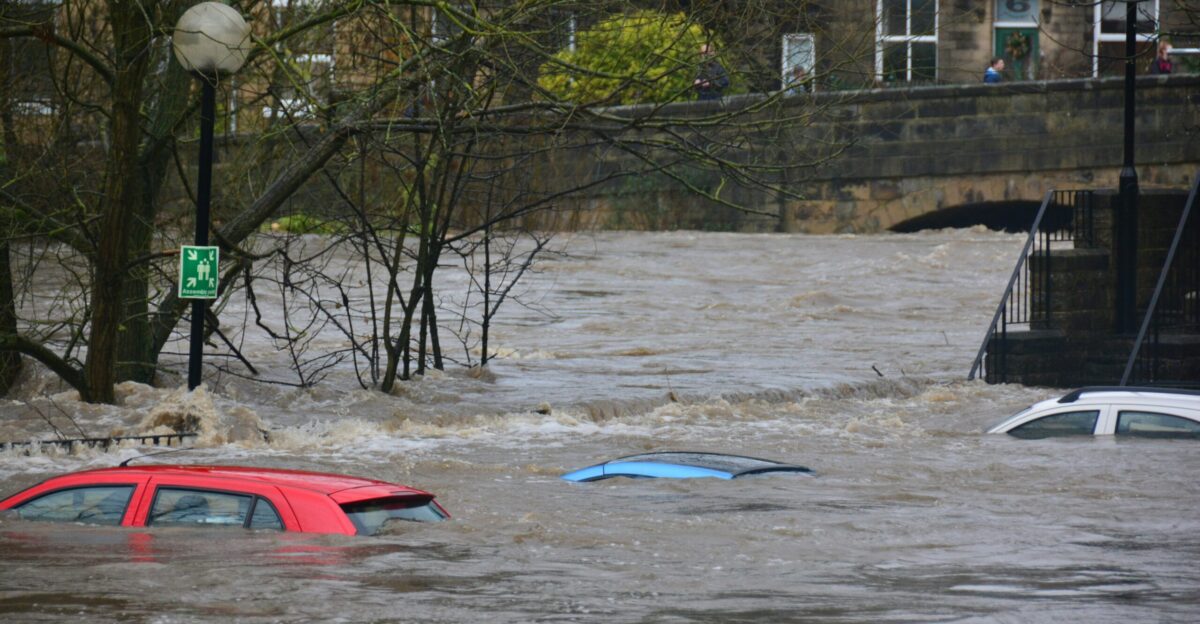
The floods have also laid bare inequalities. Many low-income Utahns live in older neighborhoods lacking flood mitigation. State data show 97% of residents have no flood insurance, so many can’t afford repairs without aid. Assistance programs are scrambling to fill gaps.
Advocates note that future resilience plans must address these disparities – for example, by subsidizing flood insurance or improving drainage in historically underserved communities – or the next flood could widen the gap between rich and poor.
A Regional Climate Signal
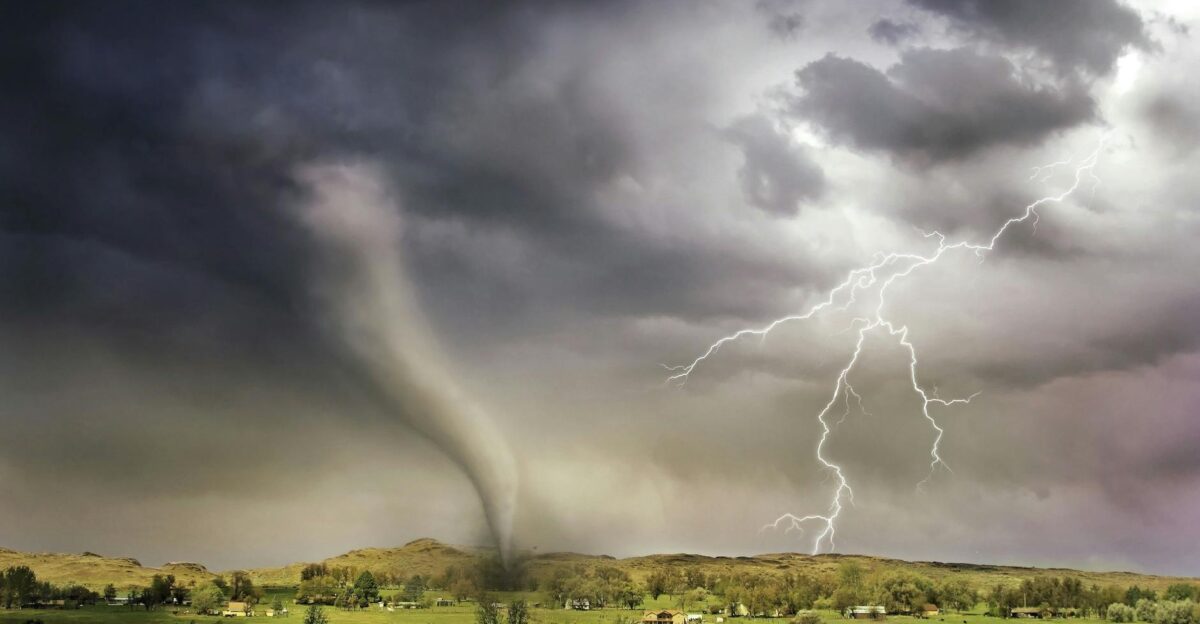
Utah’s storms were part of a broader regional pattern. The same moisture plume inundated Arizona and Colorado. Colorado Governor Jared Polis reported initial flood damage in Mesa County alone topped $1 million.
Arizona news outlets showed canyon rescues after flash floods on the Mogollon Rim. These simultaneous events reinforce that climate-driven downpours are spreading across the arid West.
Utah’s Wake-Up Call
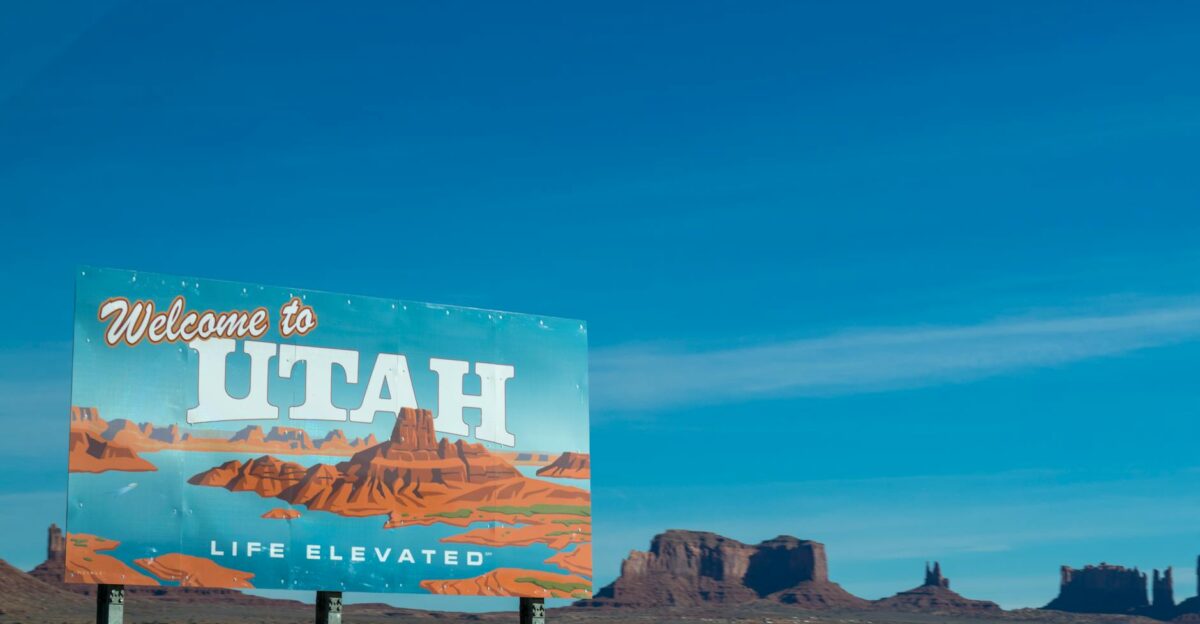
Within days, the narrative has shifted: for the first time since July, parts of the Wasatch Front have fallen out of drought. Statewide, extreme drought plummeted from 18% of Utah in August to just 6% by mid-October. At the same time, Salt Lake City nears 5″ for October, ranking it among the wettest months ever.
This shock highlights a new “normal”: Utah must brace for extremes. As researchers note, climate change is delivering both megadroughts and megastorms.